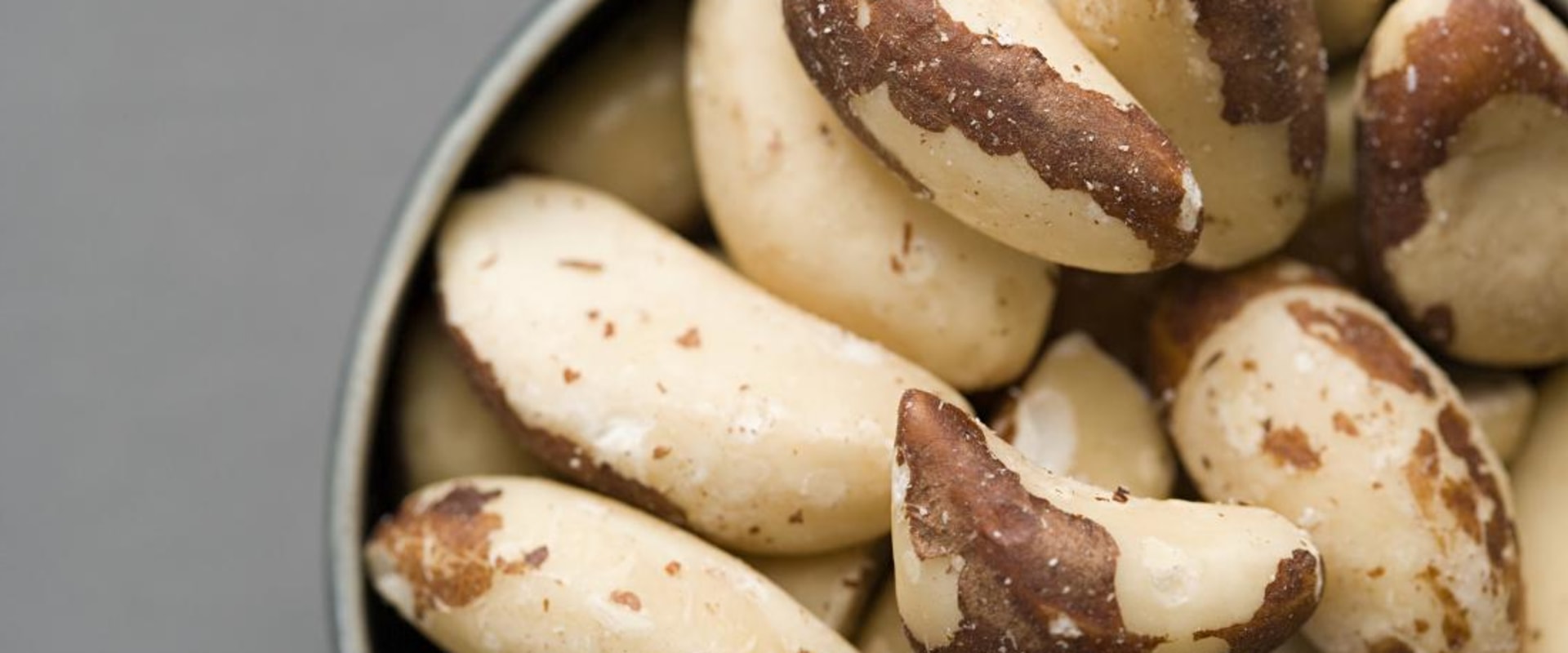Brazil nuts are native to areas around the Amazon in the regions of Brazil, Colombia, Peru, Ecuador and Venezuela. From there, they are exported to other parts of the world. They are edible seeds derived from one of the tallest trees in the world.
Brazil nuts are one of
the most valuable non-wood products in the Amazon, but they are extremely sensitive to deforestation, due to their complex ecological requirements.Trees produce fruit only in quiet habitats and cannot be grown in pure stands. They need large native bees for pollination of their semi-enclosed flowers and rely only on agoutis (medium-sized rodents) for seed dispersal. Brazil nuts are mainly harvested in the wild by the local population. Many forest communities rely on the collection and sale of Brazil nuts as a vital and sustainable source of income, and sweet nuts provide protein and calories to tribal, rural, and even urban Brazilians.
Native Amazonians use empty pods as containers and prepare the bark to treat liver diseases. Brazil nuts are nuts that grow from tall tropical trees in the Amazon rainforest. They grow in large shells that look like coconuts. Inside the shell, you'll find 8-12" in Brazil nut shell.
Those individual nuts have shells, which gives us the edible Brazil nut. Since 1 billion people worldwide are selenium deficient, Brazil nuts can be a beneficial addition to many people's daily diets. In addition to selenium, Brazil nuts contain ellagic acid and thiamine, which can help improve mental function and acuity, and improve mood. In fact, the magnitude of the supply deficit is such that Brazil has become a net importer of Brazil nuts, which in turn only further aggravates the global shortage of nuts, driving up prices.
Brazil nuts are also high in heart-healthy fats, including omega-3 fatty acids, including palmitoleic acid and oleic acid. At first glance, the Brazil nut looks like little more than an oversized and expensive nut that is passed in the supermarket. Brazil nut is particularly known in the Brazilian state of Pará, where it is called castanha-do-pará (Pará nut) and is cultivated as one of the main walnuts traded in the world. Not surprisingly, Brazil nuts didn't really take off until the Spanish and Portuguese made better forays into the jungle.
Known as chestnut trees, these brave farmers harvest Brazil nuts and help transport them to processing facilities. In North America, as early as 1896, Brazil nuts were sometimes referred to as black-fingered slang, a vulgarity that gradually ceased to be used as racial slur became socially unacceptable. While Brazil nuts are packed with valuable protein, fiber, and nutrients, excessive consumption can also lead to weight gain due to the high amount of fat. Brazil chestnut trees produce fruit almost exclusively in pristine forests, since disturbed forests lack large bees of the genera Bombus, Centris, Epicharis, Eulaema and Xylocopa, which are the only ones capable of pollinating the tree's flowers, with different genera of bees being the main pollinators in different areas and different times of the year.

Leave Message